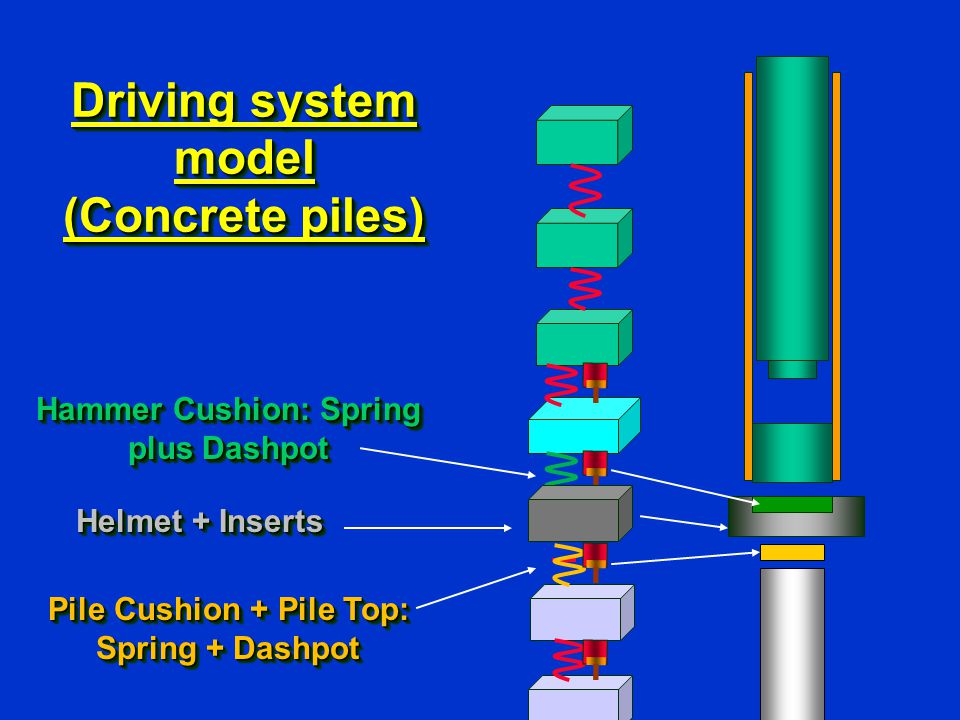Pile driving cushion pads, also known as pile driving energy dissipating pads, are an important component in the construction of foundations for buildings, bridges, and other structures. These pads are used to absorb the energy generated during the pile driving process, which involves driving piles, or long, slender columns, into the ground to provide support for a structure. Pile driving can be a noisy and vibration-intensive process, and the use of cushion pads helps to mitigate these impacts on the surrounding environment and nearby structures.
There are several different types of pile driving cushion pads, each with its own unique characteristics and benefits. Some common types of pads include elastomeric, rubber, and foam. Elastomeric pads are made from a rubber-like material and are designed to absorb energy through deformation, or stretching and compression. Rubber pads are made from a softer, more flexible material and are able to absorb energy through a combination of deformation and friction. Foam pads are made from a lightweight, spongy material and are able to absorb energy through deformation and compression.
In addition to absorbing energy, pile driving cushion pads also serve to reduce the amount of noise and vibration generated during the pile driving process. This is especially important in urban areas, where pile driving can disrupt the daily lives of nearby residents and businesses. By reducing noise and vibration, cushion pads help to minimize the negative impacts of pile driving on the surrounding community.
Pile driving cushion pads are easy to install and can be placed between the pile and the pile driver, or between the pile and the ground. They can also be used in combination with other noise and vibration reduction measures, such as noise barriers and vibration isolation systems.
Overall, pile driving cushion pads are an important tool in the construction of foundations for a wide range of structures. They help to absorb the energy generated during the pile driving process, reducing noise and vibration and minimizing the negative impacts on the surrounding environment and community.







